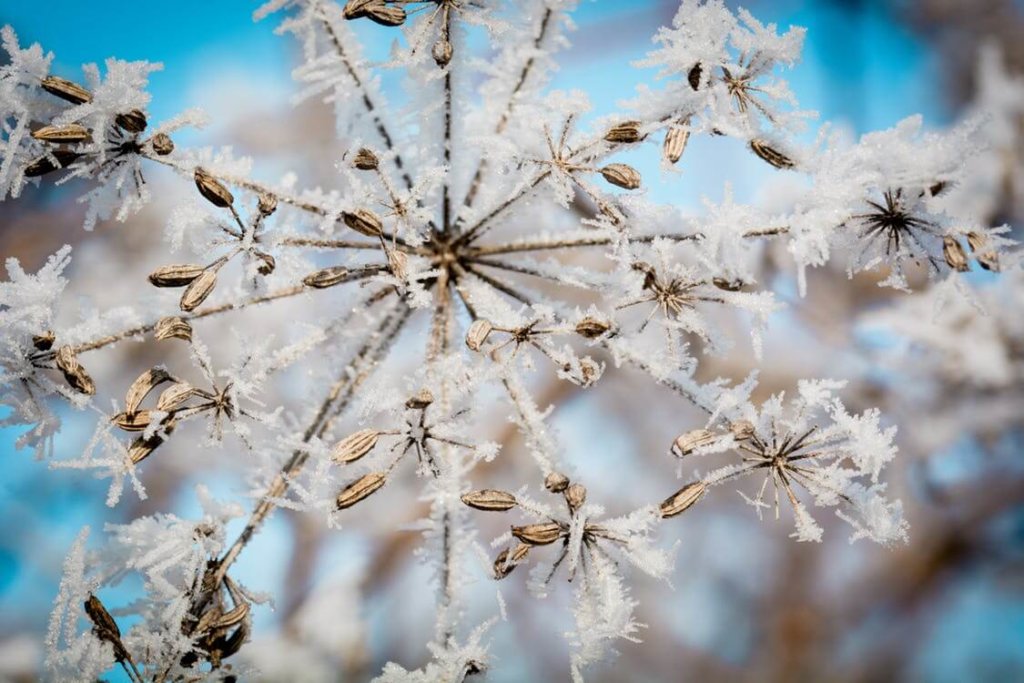Unprecedented extreme weather has climate change fingerprints

When Vermont reached 63 degrees to establish a new all-time record high temperature for February, I said that was one of the weirdest weather days I’d ever seen. Then the temperature in Burlington soared to an unbelievable 72 degrees, smashing the monthly record set just two days earlier.
And it broke the record by nine degrees, a margin I’d previous thought to be impossible for any monthly record any time of year. Add to that the dozens of all-time February record highs in cities across the nation in the past month. And the very odd severe weather outbreak that prompted tornado warnings as far north as Pennsylvania and New York, which is much further north than I’ve ever seen in February.
The weather is really off the rails, that’s for sure. What’s going on?
Climate change influence
I’ll start with caveat that you’ve heard before, but it’s important for context. A single weather event is not proof that global warming exists and is not solely caused by global warming. A lot of influences that had little or nothing to do with global warning were all factors that caused the wacky weather.
Still, what has happened with the weather in recent weeks is consistent with what climate scientists have said would happen in a warming climate. The scientists keep saying that the extremes keep getting more extreme with global warming and the extremes happen more frequently.
Of course, you get more frequent and stronger heat waves with global warming (duh!), but the phenomenon can also cause bigger floods, bigger droughts, possibly bigger storms, even occasionally bigger cold waves. It can also relocate where storms hit. Maybe tornadoes will hit further north earlier in the season than usual. That idea is not proven by climate change scientists, but it makes sense.
If it’s warmer and more humid in the winter further north than it used to be, severe storms and tornadoes could move more north, too. After all, warmth and humidity is one ingredient necessary for severe thunderstorms. The bottom line is, like it or not, global warming is here, and we should expect more extremes.
What’s happened with weather in Vermont over recent weeks and decades shouldn’t be taken as the definitive proof of global warming. But it illustrates the way things change.
Increasing extremes
Weather records for Burlington, Vermont, go back to the 1880. There have always been weather extremes. But then add on the increasing pace of extremes during all times of the year in Vermont. And add all those extremes practically everywhere else in the nation, and the world and things get really screwed up fast.
Unlike temperatures, which you can measure precisely, the definition of “extreme” is more subjective. That’s especially true if you’re trying to determine whether the frequency of extreme weather is increasing. How do you measure that? There’s no precise way. However, there are obvious real world consequences to this rising tide of extremes—which include literal rising tides in vulnerable coastal locations.
This new regime of extremes is changing our lives. I said that the winter heat waves of recent years in Vermont aren’t radically altering our life, but they are affecting us.
Vermont depends upon winter tourism. All that snow in mid-February was great, but resorts across the state watched helplessly in the past few days as all that snow dissolved.
Maple sugarers have had to adjust their season and start earlier than they used to. No sugaring was ever done in February when I was a kid. Now it’s routine. Plus, you have to wonder how the warmth will affect the length and quality of this sugaring season.
Here and further south, trees and plants are budding, and they will inevitably get nipped with a return of more normal weather in March. Did the Vermont apple crop get damaged? Will the peach crop further south in the United States get wiped out because it’s been warm for weeks and a big cold wave will come down from Canada in March, as almost always happens?
Then you start thinking about the apparent overall increase in storms, droughts, floods and whatnot in Vermont, the United States and the world, and pretty soon you’re talking about lots of real lives and real money. Sounds bad, and I don’t have the policies or the plans on how to deal with it. We’re all pretty much not totally capable of completely adapting to the changes and extremes in the weather and climate. But we’re going to have to do our best.
The weird weather in Vermont over the past few weeks was a novelty. Future extremes might be more dangerous than shorts and T-shirt weather in February. It’s going to be a wild ride.
Matt’s Weather Rapport is written by Vermont-based journalist and weather reporter Matt Sutkoski. Find Matt’s Weather Rapport online for expert analysis of weather events, news, the latest on climate change science, fun stuff, and wild photos and videos of big weather events. Also check for his frequent quick weather updates on Twitter.

